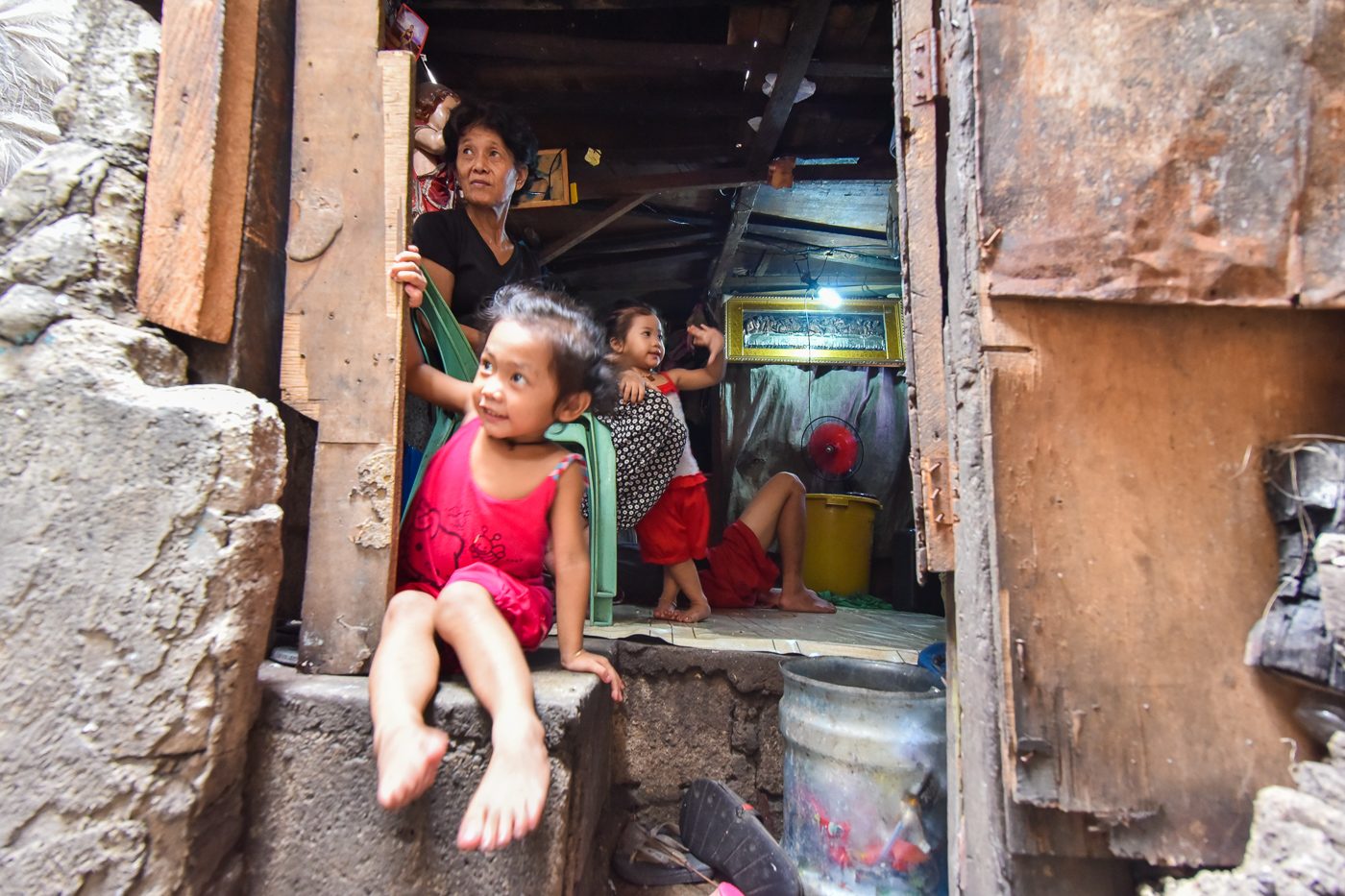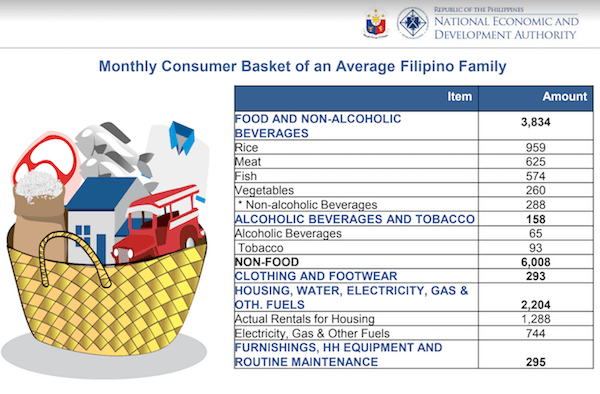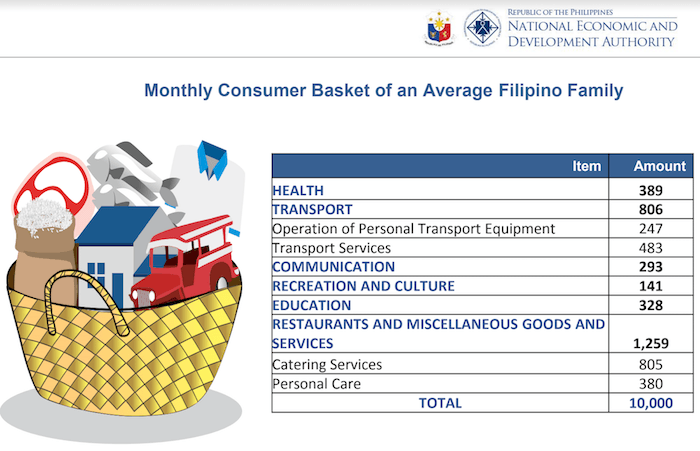SUMMARY
This is AI generated summarization, which may have errors. For context, always refer to the full article.

MANILA, Philipines – There was uproar on social media and strong criticism from labor groups and lawmakers over media reports that the National Economic and Development Authority (NEDA) supposedly said a Filipino family with 5 members needs only P10,000 a month to lead a decent life.
The reports presented a breakdown of expenses under a P10,000 budget, as shown by NEDA officials during the press briefing on the May 2018 inflation rate on Tuesday, June 5.
A TV report scrutinized NEDA’s food budget of P3,854 monthly or P127 daily. A reporter went to the market to check what P127 could buy.
But did NEDA say P10,000 a month was enough?
In fact, the economic managers only said this is the budget that a typical minimum-income family works around with, based on their spending habits recorded by government 3 years ago.
What NEDA said: In a statement on Wednesday, June 6, NEDA said that it only showed “how a hypothetical monthly budget of P10,000 will be affected by a 4.6% inflation rate.”
However, NEDA Undersecretary Rosemarie Edillon failed to clarify this point with reporters during the Tuesday press briefing.
At the start of the briefing, Edillon said the table was based on the budget of an “average Filipino family.”


“Let’s say this is actually your average minimum wage worker with a monthly budget of P10,000, and this would be the breakdown of that budget based on the 2015 Family Income and Expenditure Survey,” Edillon said.
Edillon did not state in any part of the briefing that P10,000 was enough for a Filipino family to live a decent life.
Admittedly, however, Edillon missed the crucial points raised by reporters.
“In fact, by 2018, the poverty line could already have exceeded it. Hence, by any estimation, P10,000 really [is not] enough to live a comfortable or ‘decent’ life,” Punongbayan said in a Facebook post Wednesday.
Official figures
According to a Philippine Statistics Authority report in 2015, a family of 5 actually needed “at least P6,365 on the average every month to meet the family’s basic food needs and at least P9,140 on the average every month to meet both basic food and non-food needs.”
The PSA report also noted that a family needs “an additional monthly income of P2,649…in order to move out of poverty in the first semester of 2015.”
Edillon said the family with a monthly budget of P10,000 belonged to the “5th decile” and was not considered poor because the “poverty line is low.”
The 2015 Family Income and Expenditure Survey is available on the Philippine Statistics Authority website. However, the range of household income for every decile is not specified in the report.
“The richest decile represents families belonging to the highest ten percent in terms of per capita income, while the poorest decile represents families in the lowest ten percent,” The PSA says. – Rappler.com
Add a comment
How does this make you feel?
There are no comments yet. Add your comment to start the conversation.